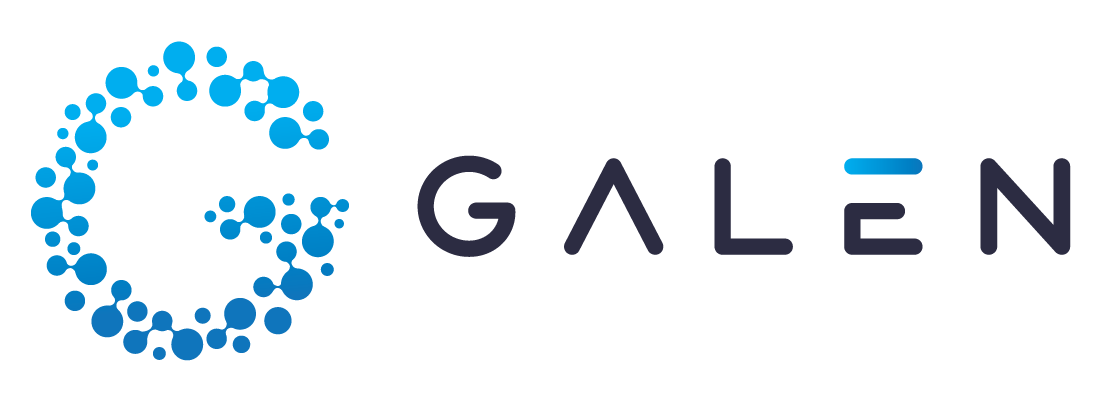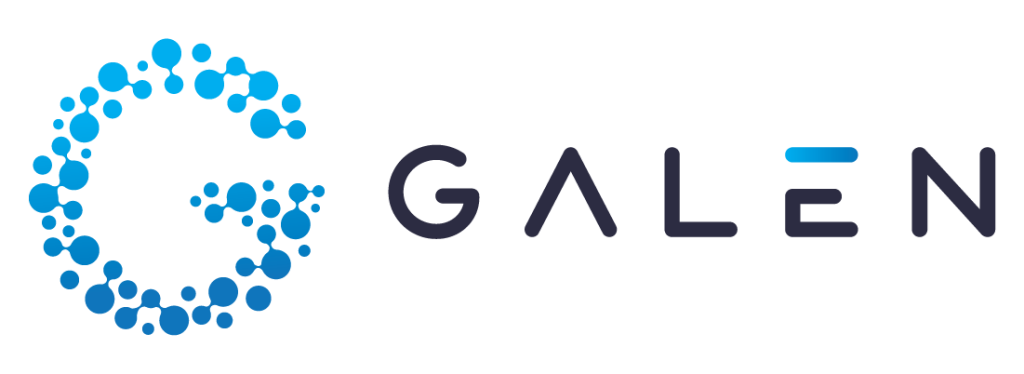Blog
Electronic Medical Reports (EMR)
What are Electronic Medical Reports (EMR)?
Electronic Medical Reports (sometimes called Electronic Medical Records) are defined as digital versions of the paper charts in clinician offices, clinics, and hospitals. An EMR typically contains notes and other information collected by and for the healthcare service provider in that office, clinic, or hospital and are mostly used by them for diagnosis and treatment of their patients.
EMRs have several advantages compared to paper records counterparts. Some examples of the advantages they have are:
Enable healthcare service providers to track patients data over time
Allow healthcare providers to easily identify which patients are due for preventive screenings or checkups
Enable healthcare providers to see how their patients are doing on certain parameters—such as blood pressure readings or vaccinations.
Allow healthcare providers to monitor and improve overall quality of care within their practice
Electronic Health Records (EHR) can typically do everything an EMR can do and more. They are defined as the systematised collection of patient and population electronically-stored health information in a digital format. These records can be shared across different healthcare settings. Records are shared through network-connected, enterprise-wide information systems or other information networks and exchanges. EHRs may include a range of data, including demographics, medical history, medication and allergies, immunisation status, laboratory test results, radiology images, vital signs, personal statistics like age and weight, and billing information.
In the past, medical records were stored on paper and kept in individual folders by the hospital or clinic which a patient visits. This is done separately by all the clinics, hospitals, or healthcare institutions which a patient visits, and this information is not shared amongst these institutions unless specifically requested by the healthcare provider.
With EHRs however, every one of the patient’s healthcare providers is able to access a centralised record with the patient’s latest information.
Thus the biggest difference that EHRs have compared to EMRs would be that EHRs contain most or all of the patients information, and having the ability to share between relevant healthcare providers, specialists, laboratories, clinics etc.
While this difference between EHRs and EMRs would have been significant in the past, most modern-day EMRs are actually EHRs by function. Hence when a doctor or healthcare service provider refers to an EMR today, chances are that they are most likely referring to EHRs.
For the purpose of this article, we will define EMRs and EHRs as the same.
How EMR systems can reduce operating costs and improve patient outcomes
Going from paper based medical records to Electronic Medical Records provides healthcare service providers with a ton of benefits. Below are some benefits of EMRs and how it can reduce operating costs for healthcare providers while improving patients outcomes.
With EHRs, all the staff of a healthcare provider are able easily gain access to patients’ latest healthcare information. This makes coordination much easier and enables healthcare providers to provide better quality care for their patients.
Some examples of how EMR systems can help healthcare service providers:
1: EMR provides ready access to critical information such as allergies
For example, critical information gathered by the patient’s primary healthcare provider informs the emergency department doctors about a potential life-threatening allergy which the patient might have, the doctor could then modify and adjust the appropriate treatment for the patient to prevent any undesirable outcomes, this can be done even if the patient is unconscious.
2: EMR prevent duplicate work such as laboratory tests
Another example, results from a laboratory test that was run in the week prior are recorded and stored in the patient’s EHR. A specialist viewing their patients EMR will have access to the lab results and would not need to perform a duplicate test to gain the same information. This reduces duplicate work and speeds up diagnosis and treatment. This in turn reduces operating costs.
3: EMRs enable smooth transition between care settings
During a patient’s hospital stay, their doctor notes are recorded and stored in the patient’s EHR, this information is then used to inform the discharge instructions and follow-up care. Which in turn enables the patient to move from one care setting to another much more swiftly and smoothly, creating a better patient experience and improving patient outcomes.
4: Sharing EMRs positively motivates patients resulting in better outcomes
A lesser-known benefit of EHRs is their ability to motivate patients to adhere to treatment plans. Research has shown that amongst patients with type 2 diabetes, by sharing the patient’s electronic health records with them, It helps patients understand their own health conditions and actively involves them in its management. Leading to better outcomes for them. (source: https://www.ncbi.nlm.nih.gov/pmc/articles/PMC7785164/).
What to look for in an Electronic Medical Report System?
While the benefits of EMRs are widely recognised, healthcare service providers should keep in mind that not all EMR systems are created equal.
As a patient-centric healthcare provider, here are some features to look out for in an EMR system to help you deliver the highest possible quality of care and service to your patients.
1: Customisable EMR templates
Every healthcare provider operates differently, and as such, will have unique requirements for their EMR system. A good EMR system will come with customisable templates that enable you to tailor your EMR specifically for your clinic’s needs.
2: 24/7 access anytime, anywhere
Healthcare is a 24/7 type of service. Your patient’s health isn’t magically suspended when they’re not in consultation or under your care. You and your staff might need to work around the clock or at unexpected hours, and your EMR system has to support that. A good EMR system will have features to allow healthcare providers to access them anytime, anywhere.
3: Information sharing between healthcare providers
With patients seeing so many healthcare providers, it is very easy for critical information to be silo-ed. This may lead to negative consequences for both patients and the healthcare service providers. From minor consequences such as creating duplicate work and tests being conducted by healthcare providers, to more severe ones such as key allergy or life-threatening information being lost as hidden from healthcare service providers when they need it most.
As such, it is essential that your EMR system has the capability to allow information sharing between you and other healthcare providers.
Galen Health Electronic Medical Records is integrated into the National Electronic Health Record (NEHR), this enables authorised healthcare professionals to have a holistic picture of your patient’s healthcare history.
The National Electronic Health Record (NEHR) is a patient data exchange system developed by the Ministry of Health (MOH) of Singapore, that enables authorised clinicians and healthcare professionals to view patient health records across the national healthcare network, to support them in clinical decisions while treating patients.
4: Patient scheduling and registration
As a healthcare practitioner, healthcare scheduling & registration may seem like a simple task – simply slot each patient’s booked appointment into your healthcare service provider’s available calendar time slot.
However, problems start arising when you encounter no-shows, late patients, or appointment change requests. This causes your staff to spend hours following up on appointments and manually updating your doctor calendar. Before you know it, the majority of you and your staff’s time is spent on these administrative tasks instead of the thing that matters – your patients.
As a clinic with constant inflow of patients, manually conducting your healthcare scheduling manually might not be very practical. The constant back-and-forth will take away your staff’s bandwidth from more productive functions.
While you may enjoy the fast-paced nature of keeping busy, you know that without the right system or process, you might find your clinic having trouble keeping afloat.
As such, it is important for a good EMR system to have features that enable the automation of patient scheduling and registration. This will help your team to avoid the daily struggles of filling last-minute shifts to meet changing patient loads. This tends to result in lower overhead costs, improved staff and patient retention, and an overall better patient experience and satisfaction.
5: E-prescriptions
Manually prescribing your patients is an administrative and time-consuming task which creates an unpleasant patient experience.
A good EMR system should ideally have E-prescription functionality to enable doctors, physicians, and other healthcare practitioners to write and send prescriptions to a participating pharmacy electronically instead of using traditional methods such as handwritten or faxed notes or calling in prescriptions.
6: Patient medical records
Every patient has a different medical history, as such it is important for healthcare providers to have access to their patients’ medical records in order to provide the best diagnosis, treatment, and care for them.
A good EHR system should have a comprehensive function to record and store patient medical records within the system safely and securely and allow authorised personnel to access these medical records easily.
7: Drugs and consumables inventory management
For healthcare providers that dispense drugs and medications to patients, your patients need to feel confident that you can provide the correct medications they need when they need them. That is why it is critical to have a pulse on your drug inventory at all times, to notify you to make orders from your supplies when inventory levels are low.
A good EHR system will have functionalities for drugs and consumables inventory management. This will greatly improve your healthcare’s inventory flow and maximise profits.
8: Drugs and consumables purchasing
Related to the abovementioned point, when your drugs and medication inventory are running low, you would need to send a purchase request to your suppliers. This process is often mundane and time-consuming, taking away precious time from your core tasks.
A good EHR system will have functionalities that allow you to partially or fully automate this process. This will free up precious time for you and your staff and allow you to focus on your patients.
Why should a doctor use Galen Health’s Clinic Management System?
As a healthcare practitioner, your patients are your priority, all other non-core functions simply serve to distract you from providing quality service to your patients. A good health clinic management system helps you by streamlining and automating these functions.
Galen Health’s Clinic Management System helps you by simplifying day-to-day operations with an easy-to-use clinic management software, so that you can focus on your patients.
Their system has multiple essential features and key integrations such as patient scheduling and registration feature, Electronic Medical Reports (EMR), doctor clinical notes, lab report integration, claims management and more. These features are built specifically to make healthcare practitioners’ lives easier.
Galen Health’s Clinic Management System also has secure end-to-end encryption, this ensures the privacy and security of your patients’ data.
As a SmartCMS Programme Gold Tier 1 participant, Galen Health’s Clinic Management System is fully integrated with the public healthcare system and programmes such as CHAS and PHPC. It supports the seamless integration flow between clinics and public healthcare systems. They are also trusted by some of the most renowned clinics across Singapore.
Galen Health’s Clinic Management System is trusted by some of the most renowned healthcare names in Singapore. Including Healthway Medical, SBCC (formerly known as Singapore Baby and Child Clinic), The Clinic Group, Tooth Stories and more.
Galen Health’s Clinic Management System is the perfect Clinic Management System, built for Solo Practitioners, Medical Groups and Hospitals. They offer free set-up, free onboarding and training, free demo and 24-hour support.
In the end, Galen Health’s Clinic Management System benefits all healthcare practitioners by helping them reduce your and your staff’s workload, improve operating efficiency, and increase patient satisfaction. Your staff will be thanking you for implementing this system in your healthcare practice.


